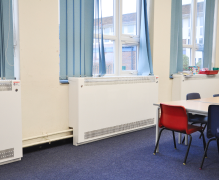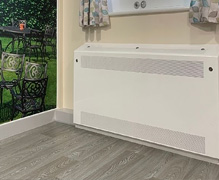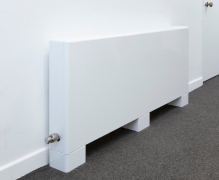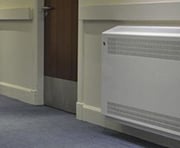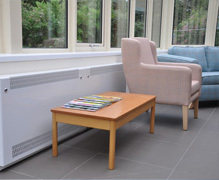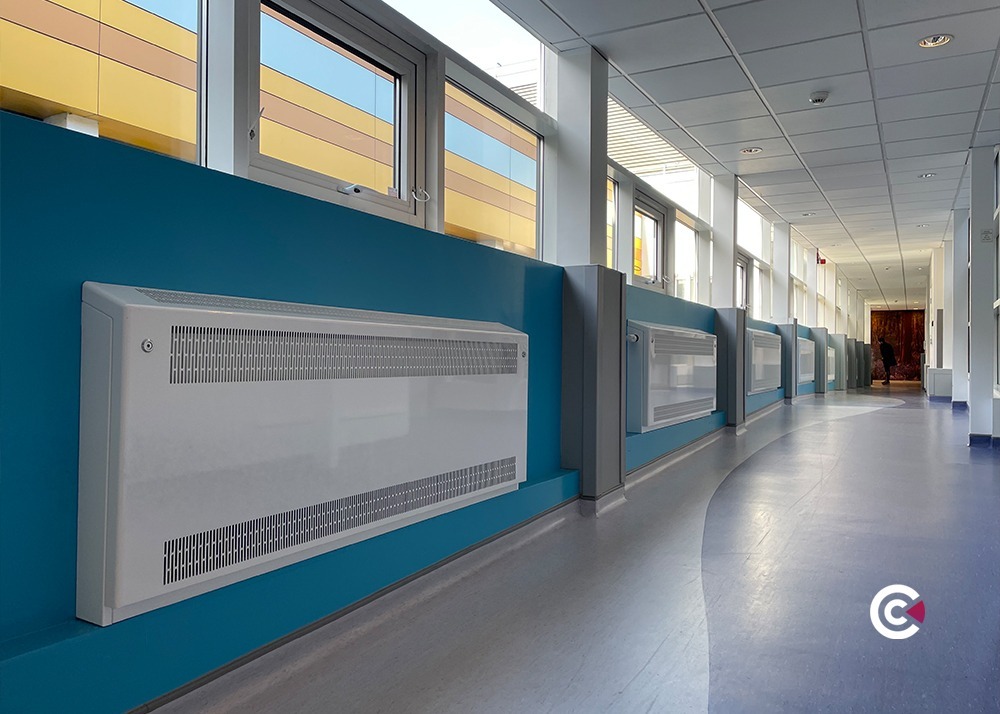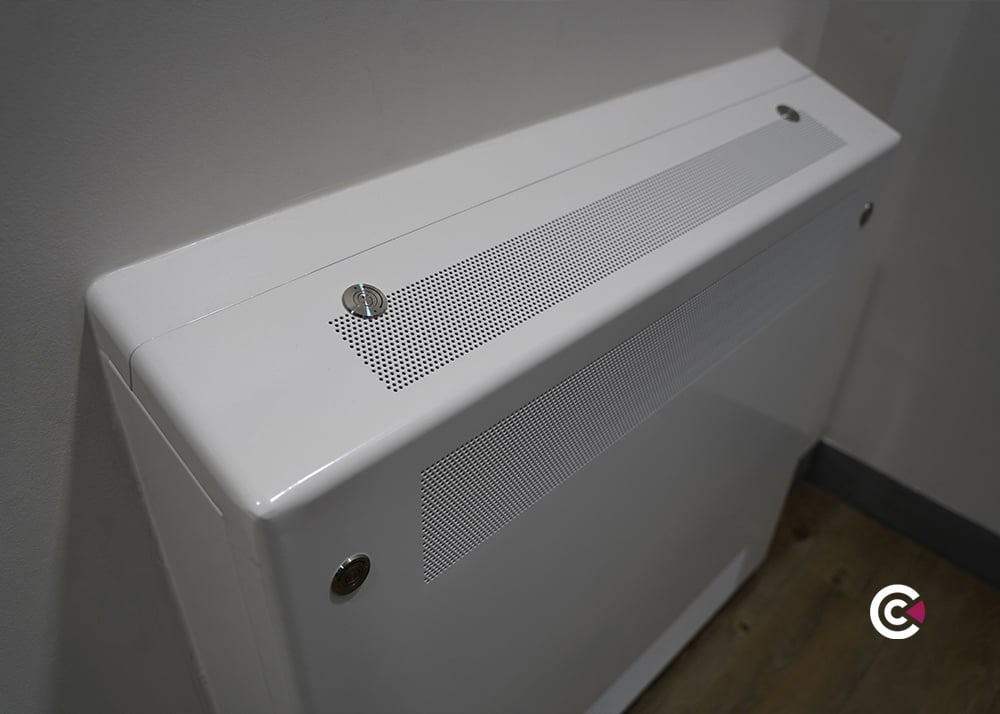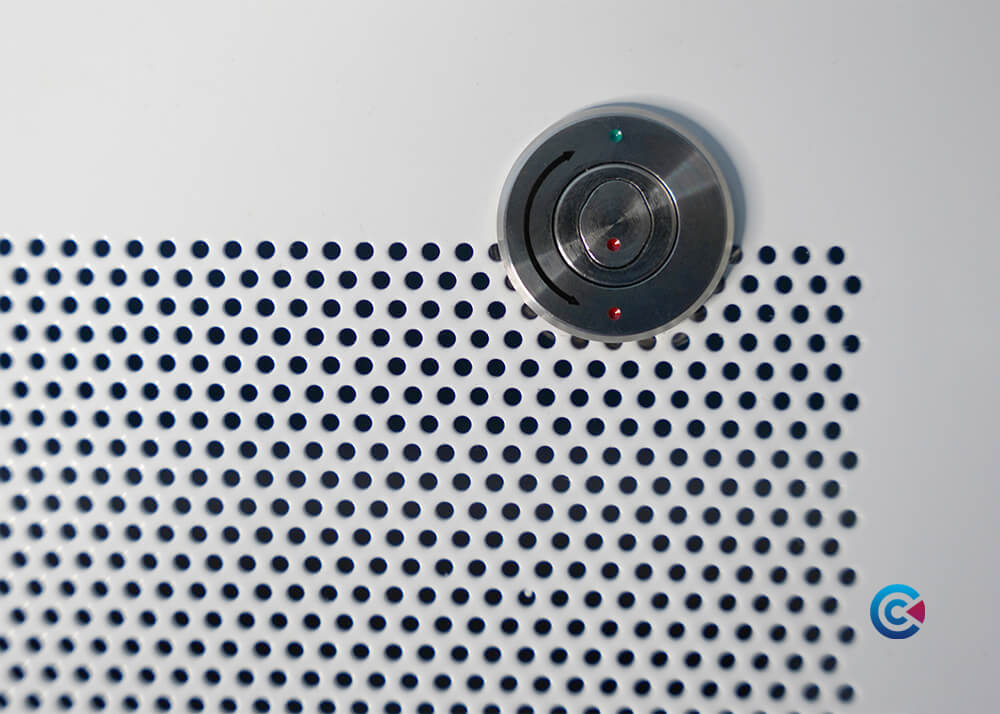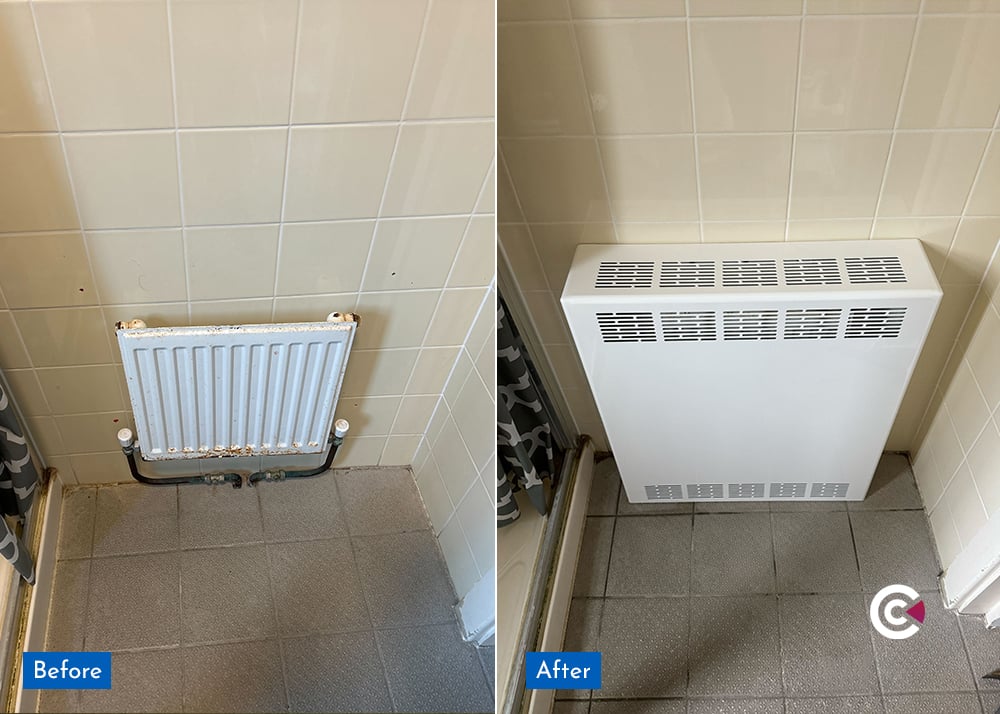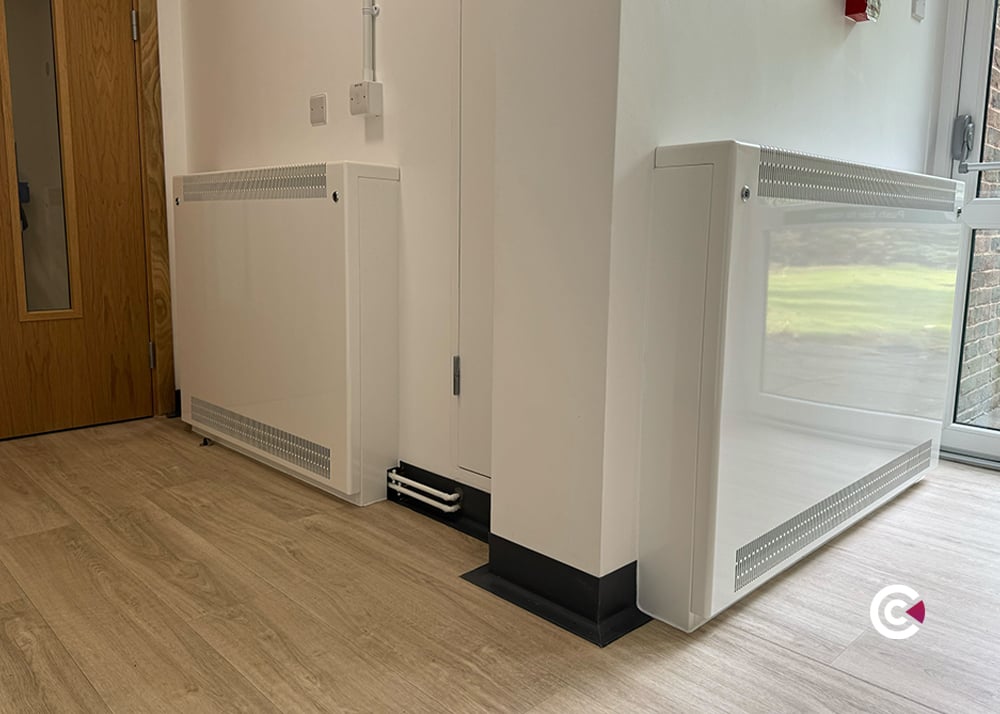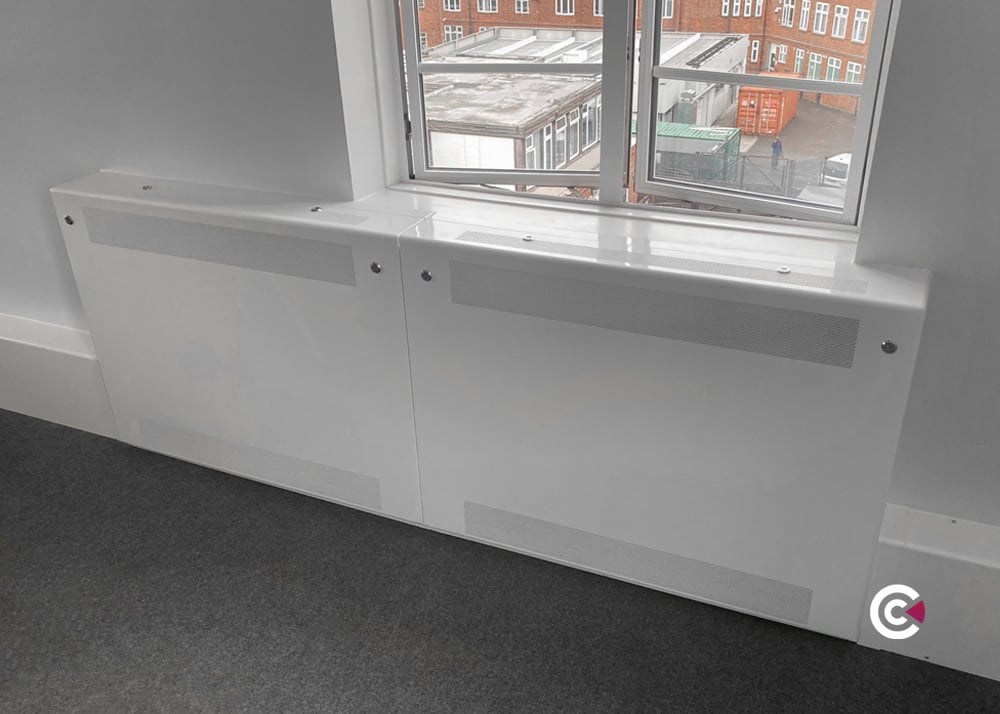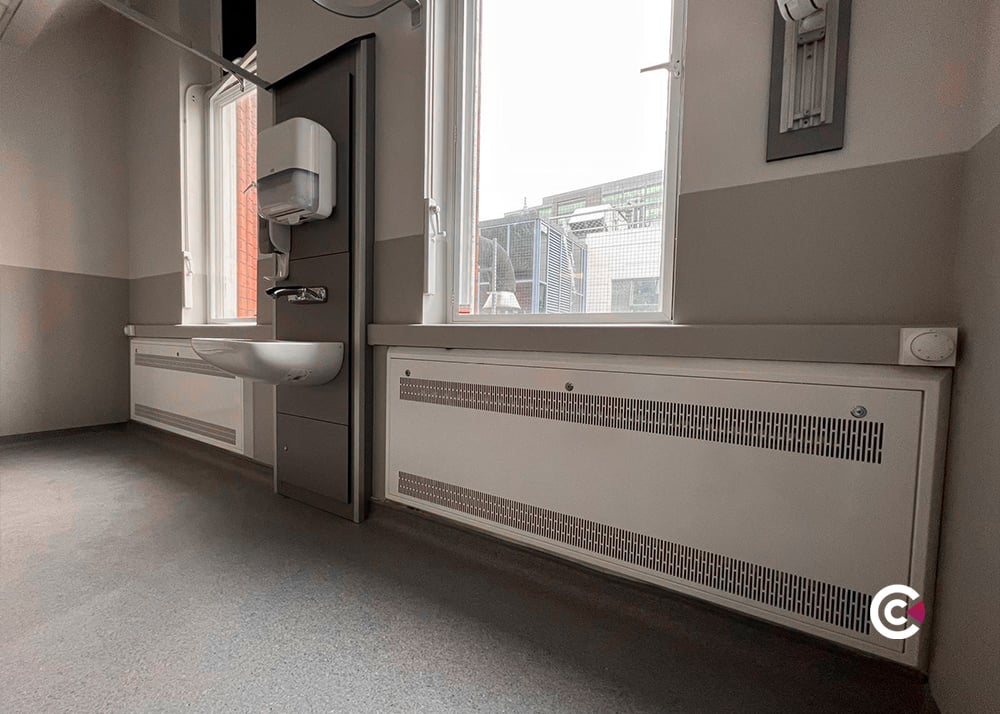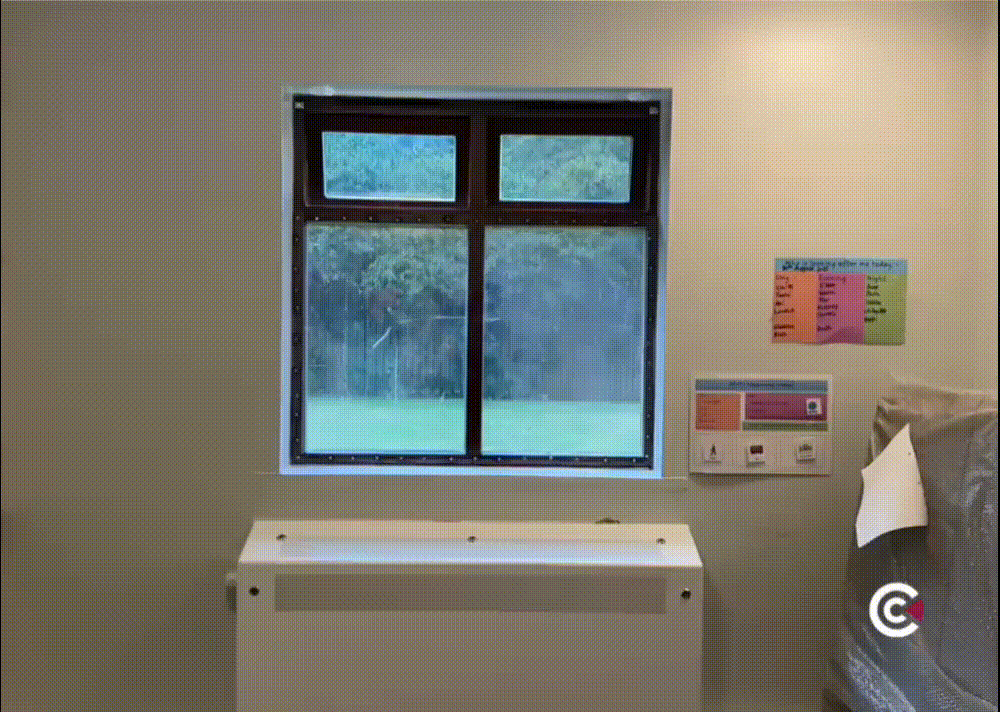The safety and well-being of residents should always be a top priority when managing a care home, especially due to the vulnerability of residents. Unfortunately, incidents involving burns and scalds among service users have not been uncommon over the years. These accidents often occur when individuals fall against unprotected radiators or hot water pipes and are unable to move away.
Given the inherent vulnerability of residents and their distinct needs, heating in care homes has certain safety considerations and legal requirements to ensure compliance.
Read on the learn more about safety protocols and regulations for safe heating in care homes.
Safety Measures for Heating in Care Homes
Factors like the location, surface temperature, and presence of sharp edges in heating systems all play a part in ensuring residents' safety. Control measures recommended by the Health and Safety Executive (HSE) in environments like care homes include implementing low surface temperature heat emitters, strategically placing heat sources out of residents' reach, and installing safeguards for heated areas (eg providing radiator covers, covering exposed pipework, etc).
Radiators with Low Surface Temperatures
Conventional steel panel radiators present a substantial risk of burns due to their high surface temperatures, with some reaching as high as 80 degrees Celsius. This poses a significant threat to the safety of care home residents, particularly those with limited mobility.
Low Surface Temperature (LST) radiators offer a proactive and safer heating solution for care homes. Care facilities must ensure that their radiators align with NHS DN4 requirements which conforms to an average accessible surface temperature of 43°C.
The Health & Safety Executive states that under Health and Safety Legislation, radiator guards ARE REQUIRED when people who have limited mobility are at risk of falling onto a hot surface which could cause harm. Radiator covers play a crucial role as a protective barrier, effectively mitigating potential harm and contributing significantly to the overall well-being of residents.
Radiators with No Sharp Edges
Apart from concerns related to surface temperature, the design of conventional radiators introduces additional safety risks. Designs like sharp edges pose potential hazards, increasing the risk of cuts and scratches for vulnerable individuals in care home settings. To address this issue, it is essential to ensure that radiators within your facility incorporate safety features such as rounded corners and chamfered edges.
These elements can significantly reduce the likelihood of injuries. LST radiators like the DeepClean range offer a safety-oriented design with radius corners to make it safer in case someone falls against the unit, providing an added layer of protection.
Optimal Placement of Radiators in Care Homes
Radiators should be positioned to allow unobstructed pathways, especially in common areas, hallways, and bedrooms. This facilitates ease of movement for residents, ensuring that they can navigate the space without encountering obstacles.
In residential areas such as bedrooms and living spaces, radiators should be positioned away from areas where residents may frequently move or rest, such as near beds or seating areas, minimises the risk of accidental contact. Radiators should also be placed at a minimum distance of 15cm from any combustible material, curtains, furniture, chairs, etc.
Ensuring Safety, Hygiene, and in Care Home With DeepClean
Contour's DeepClean LST provides a safer and cleaner heating option with safe surface temperature, unique easy-access design and antimicrobial properties. The range features a powder coating on both the inside and outside, incorporating BioCote® protection technology onto the product surface to inhibit the growth of microbes on surfaces, ensuring cleaner and safer heating.
The incorporation of BioCote® antimicrobial technologies has demonstrated an impressive reduction of microbes by up to 99.99% and represents a proactive step towards improving hygiene standards. Conventional radiator designs pose cleaning challenges, fostering environments with higher risks of microbial proliferation and the potential spread of infectious diseases.
DeepClean LST tackles these challenges head-on with a unique easy cleaning design, offering accessible surfaces for cleaning and minimising hidden spaces where dust and microbes thrive. To explore the optimal heating solution for your care home, get in touch today and schedule a consultation with one of our heating experts.
-1.png)


